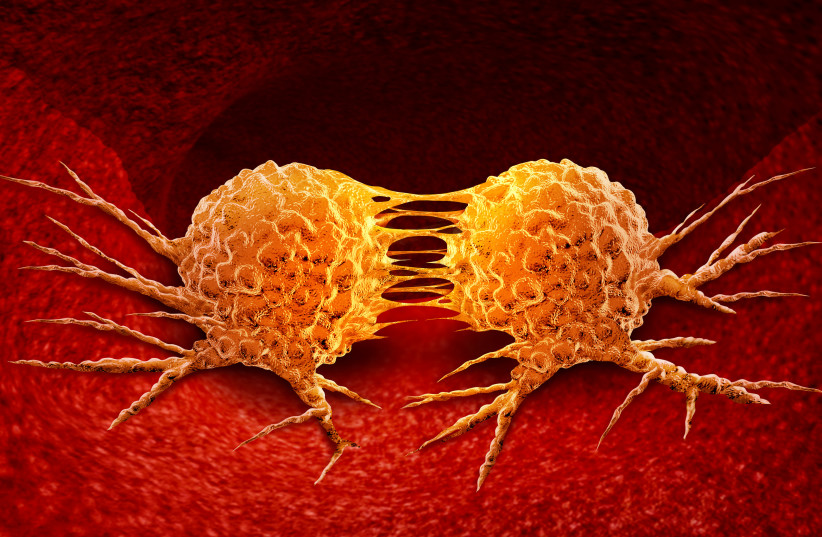Canine Transmissible Venereal Tumors are much more commonly found and spread by male dogs as opposed to female dogs, a study published Sunday found.
The study, "Sex disparity in oronasal presentations of canine transmissible venereal tumor," by researchers of the Department of Veterinary Medicine in University of Cambridge found that canine transmissible venereal tumors (CTVT) are 4-5 times more likely to be found in male dogs, as opposed to their female counterparts.
<br>Cancer afflicting dogs
Canine Transmissible Venereal Tumors, or CTVT, affect dogs’ genitals, mouth, skin, and nose, forming tumors and facial deformation in dogs.
The cancer has symptoms like sneezing, snoring, difficulty breathing, nasal deformation, and bloody discharge from nose or mouth, in addition to oronasal tumors.
The disease is transmitted by cells physically planting themselves from one animal to another, which occurs during mating, sniffing, scratching, and licking. It is only infectious to other dogs.

<br>The Study
Data were collected in 2009-2020 from about 100 veterinarians and health professionals specializing in animal livelihood working in neuter and referral clinics in 59 countries.
Twenty-seven of thirty-two (84%) oronasal tumors in CTVT are found in male dogs. Fifty-three of sixty-five (82%) of CTVT tumors reports and studies published involve males. This study presents the findings that conclude that males are at a four-five times greater likelihood of developing oronasal CTVT than females.
The discrepancy between male and female is suspected to be due to differences in oral behavior, such as sniffing and licking.
So why male dogs?
Although it’s easier for female dogs to sniff, scratch, or lick their genitalia, their male counterparts are more likely to do so to themselves and others.
Male dogs' cancer occurs in the base of the penis or the foreskin while females' is found in the vulva.
